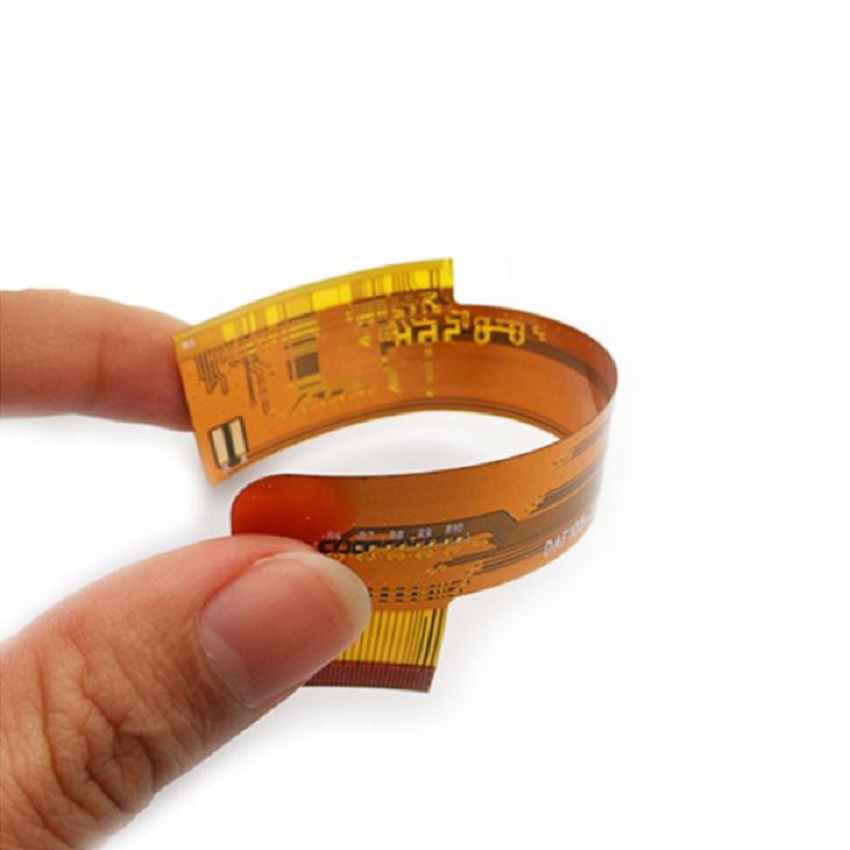Time:2023-08-14Views:
1. Design Material Selection
The first step is very important. If the customer does not specify or specify which substrate to use, they should consider rolling copper because its bending resistance is better than electrolytic copper. However, both adhesive and non adhesive substrates have a significant impact on the bending performance. Generally speaking, the bending resistance of non adhesive substrates is better than that of adhesive substrates.
Classification of substrates:
1.1 Copper foil:
1.1.1 Rolled copper.
Rolling copper is the process of melting electrolytic cathode copper deposits into strips, which are formed by rolling. Due to the melting process, the composition is relatively single and the crystal distribution is uniform. Because the crystallization direction is parallel to the soft plate, it is suitable for transmitting high-frequency signals. Calendered copper has better properties than electrolytic copper. Its thickness includes 1/4OZ, 1/3OZ, 1/2OZ, 1OZ, and 2OZ.

1.1.2 Electrolytic copper:
Electrolytic copper foil uses the principle of electroplating to deposit copper ions on a rotating smooth cathode drum, and then separates the copper foil from the cathode drum to obtain copper foil with smooth and rough surfaces. After surface treatment, it can be used. The contact surface between the electrolytic copper foil and the cathode drum is very smooth, but the other side may become rough under high current density due to contact with the plating solution. After surface treatment, this rough surface can increase the surface contact area, which is beneficial for improving the adhesion to the protective film. Its thickness includes 1/4OZ, 1/3OZ, 1/2OZ, 1OZ, and 2OZ.
PI (polyimide), PET (polyethylene glycol), or GE (glass fiber) are commonly used. Among them, PI has the best performance and a higher price. There are several thicknesses available, including 1/2mil, 1mil, and 2mil.
1.3 Material Selection and Matching during Design
Due to the high performance requirements of sliding cover phones, both the substrate and CVL should be considered in the direction of "thin" when selecting materials.
1.4 Design layout
1.4.1 Line requirements for bending areas:
a) There should be no through holes in the parts that need to be bent;
b) Additional protective copper wires need to be added on both sides of the line. If there is insufficient space, additional protective copper wires should be selected at the inner R corner of the bent part;
c) The connecting part of the circuit needs to be designed as an arc.
1.4.2 Airgap requirements: The bending area needs to be layered and the adhesive removed to facilitate the dispersion of stress. The larger the bent area, the better, without affecting assembly.

